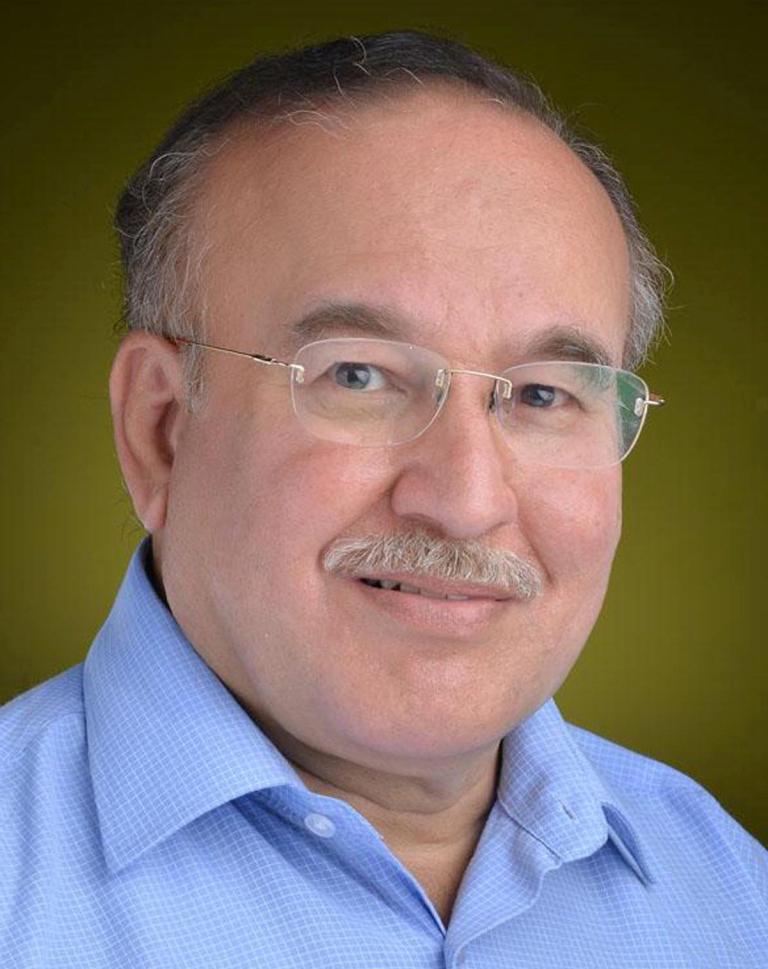Among the many challenges that have gained urgency in the aftermath of the COVID-19 pandemic, housing requires a highly creative response. The huge exodus from cities to villages was necessitated on account of lack of proper housing in cities. Expanding access to affordable housing is essential not just for equitable development but also social stability.
When residents don’t have proper places to live, the stress on families and neighbourhoods can create severe social implications. Coronavirus has been referred to as a “housing disease” because of the strong links between overcrowding, poor housing conditions and higher mortality rates. The disease spreads quickly when households live in cramped spaces without access to water and sanitation.
While we continue to record improvements in dealing with poverty, homelessness has elicited but an unimaginative response from policy doctors. The apathetic approach of successive governments is symptomatic of the disease that ails India’s housing system. Slums constitute 17% of urban households in India; in Mumbai itself, they make up 42% of the households.
Slums in Mumbai are extremely crowded — often with many people staying in a single room. They also lack necessary amenities like private toilets and availability of clean water.
Dense living and a weak public healthcare system means that populations who are already susceptible to COVID-19 carry further risk of transmission of the virus. Essential precautions like social distancing cannot be practised in such living conditions.
Housing is only part of the equation when it comes to addressing historical inequities and ensuring healthy communities. Human health and well-being depend on a range of interconnected social, economic, and physical factors that impact the environments in which we live. The key to good and healthy housing is to make sure that residents have access to transportation, affordable healthcare, living-wage jobs, small business investment, education and cultural activities, as well as other essential services. A decent habitat and shelter can contribute not just to their well-being but also catalyse overall economic growth. It is thus critical to recognise housing investment as a basic, fundamental building block of economic activity.
There is nothing more critical to a family’s quality of life than a healthy, safe living space. Sustainable and inclusive housing solutions could bolster economic growth quickly and efficiently and hence should be given priority over education and health.
Housing is not a standalone issue: It is closely intertwined with and often the cause of a slew of health and developmental problems. Poor ventilation and inability to maintain basic hygiene are major causes of poor health. Fragile building structures undermine safety and vastly increase vulnerability to disaster. Lack of lighting and space limits the ability of children to study. Inadequate privacy and lack of sanitation contribute to a host of diseases, thereby perpetuating poverty.
For many people in the developing world, the land on which they live is their only asset. If that property is not publicly recognised as belonging to them, they lose out on several social benefits.
Land ownership is often the bedrock of other development interventions. Owning land boosts nutrition, educational outcomes and gender equality. The converse is equally true.
Where land security is absent or weak — that is, when men and women do not receive recognised legal rights to their land and can thus be easily displaced without recourse — development efforts flounder, undermining conservation efforts, seeding injustice and conflict and frustrating efforts to escape poverty.
For most of India’s poor and the vulnerable, secure property rights including land tenure, make for a rare accessible luxury. Many who live in slums have little to no control over or ownership of the property they live on. The lack of official land titles is a major impediment to the acquisition of housing finance. People do not have documentary proof of being owners of the piece of land on which they live and are, therefore, legally insecure. Many low-income villagers have owned their land for generations but lack formal ownership documents. Hence they do not have access to formal financial services. Once their inhabited land gets formally titled, they could obtain access to several public benefits including loans.
Traditional housing finance has not been able to offer products tailored to low-income people but a range of financial institutions are applying good microfinance practices to housing finance. This is allowing them to successfully deliver much-needed services to economically weaker customers. The increased provision of housing microfinance has resulted in safe and healthy housing conditions for millions, thereby improving families’ social and economic resilience. With its roots in traditional microfinance, the housing microfinance sector provides larger, lower-interest loans that align with low-income households’ incremental building practices.
Successful housing microfinance providers have married the core principles of the micro-credit — peer-based borrower selection and repayment enforcement, close follow-up on repayment and so on — with the technical expertise required to investigate land ownership and other classical housing finance principles. This model has been highly successful wherever governments are offering long-term tenancies and shared-ownership housing. But the sector is still in need of more sustainable business models to get legitimacy in mainstream finance.
Housing micro-finance is broadly defined as small, non-mortgage-backed loans dedicated to housing activities, offered in sequences to support the incremental building practices of low-income populations. It can include a range of financial services that support improving or upgrading housing such as home repair and expansions, additional cooking space, water and sanitation services, energy efficiency upgrades, the purchase of inhabitable land or permanent structures and the construction of new housing.
The demand for housing microfinance is high. Clients already channelise a good portion of micro-enterprise loans to home improvement. Micro-entrepreneurs also use their homes as productive assets for generating income. A home can be a place to store inventory, produce goods and run a business. A home is also a personal asset that usually appreciates in value over time. Home improvement, thus, not only enhances living conditions but is also an investment.
The Government also needs to use creative approaches in making rental housing a safe option for house owners. Its share in overall housing has been steadily declining. There is clearly need for replacing current rent control laws with a modern tenancy law, which would give full freedom to tenants and owners to negotiate the rent and the length of the lease. Rules with respect to eviction also need to be reformed to restore the balance between the rights of tenants and the owners.
We need a differently structured and more professional market rental sector. A Model Rent Act is needed to promote rental housing. There should be mutual agreement between the landlord and the tenant for a stipulated lease period prior to which the tenant will not be allowed to be evicted and after the expiry of the lease period, the tenant will not be permitted to continue in the housing unit.
Policy-makers, financial institutions and housing experts also need to evaluate their current policies, cultures, and ways of working. With a thoughtful approach, they can be better prepared to tackle this humongous problem. The government will have to change course and shift away from the legacy mindset before the problem gets out of hand.
Views of the author are personal and do not necessarily represent the website’s views.
 Dr. Moin Qazi is an author, researcher and development professional who has spent four decades in the development sector. He is a member of the National Institution for Transforming India (NITI) Aayog Committee on Financial Inclusion for Women. He has worked for three decades with State Bank of India as a grassroots field officer, program manager, policymaker and researcher in development finance.
Dr. Moin Qazi is an author, researcher and development professional who has spent four decades in the development sector. He is a member of the National Institution for Transforming India (NITI) Aayog Committee on Financial Inclusion for Women. He has worked for three decades with State Bank of India as a grassroots field officer, program manager, policymaker and researcher in development finance.

